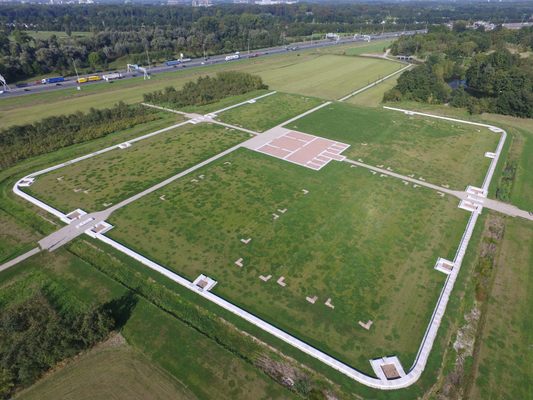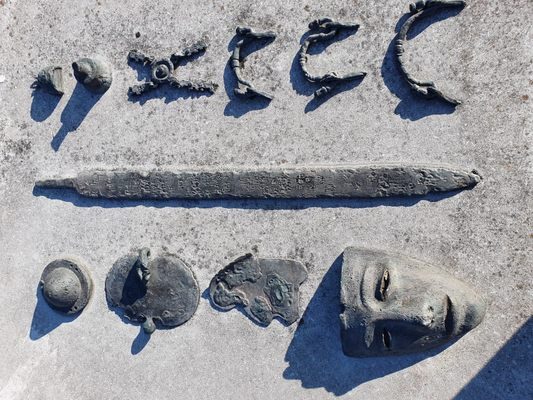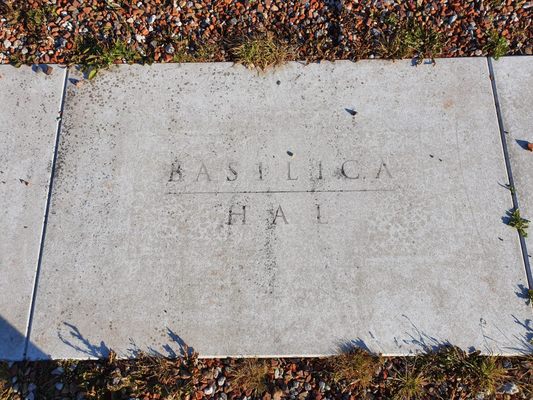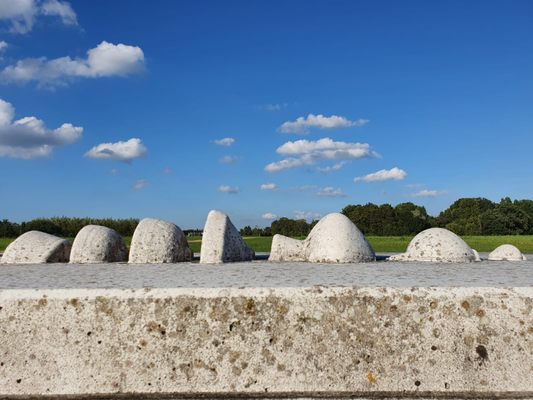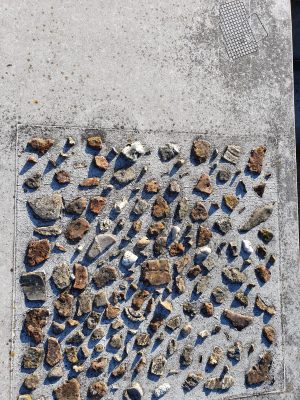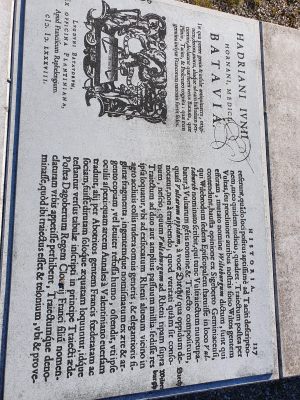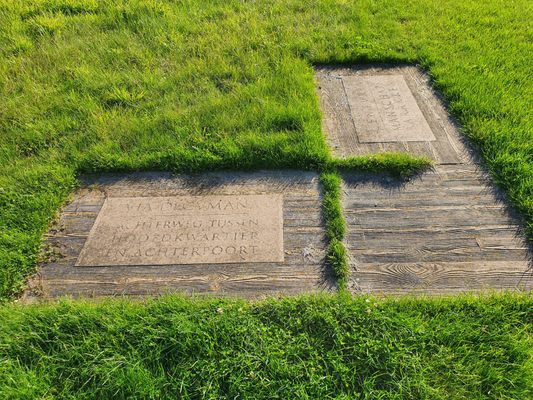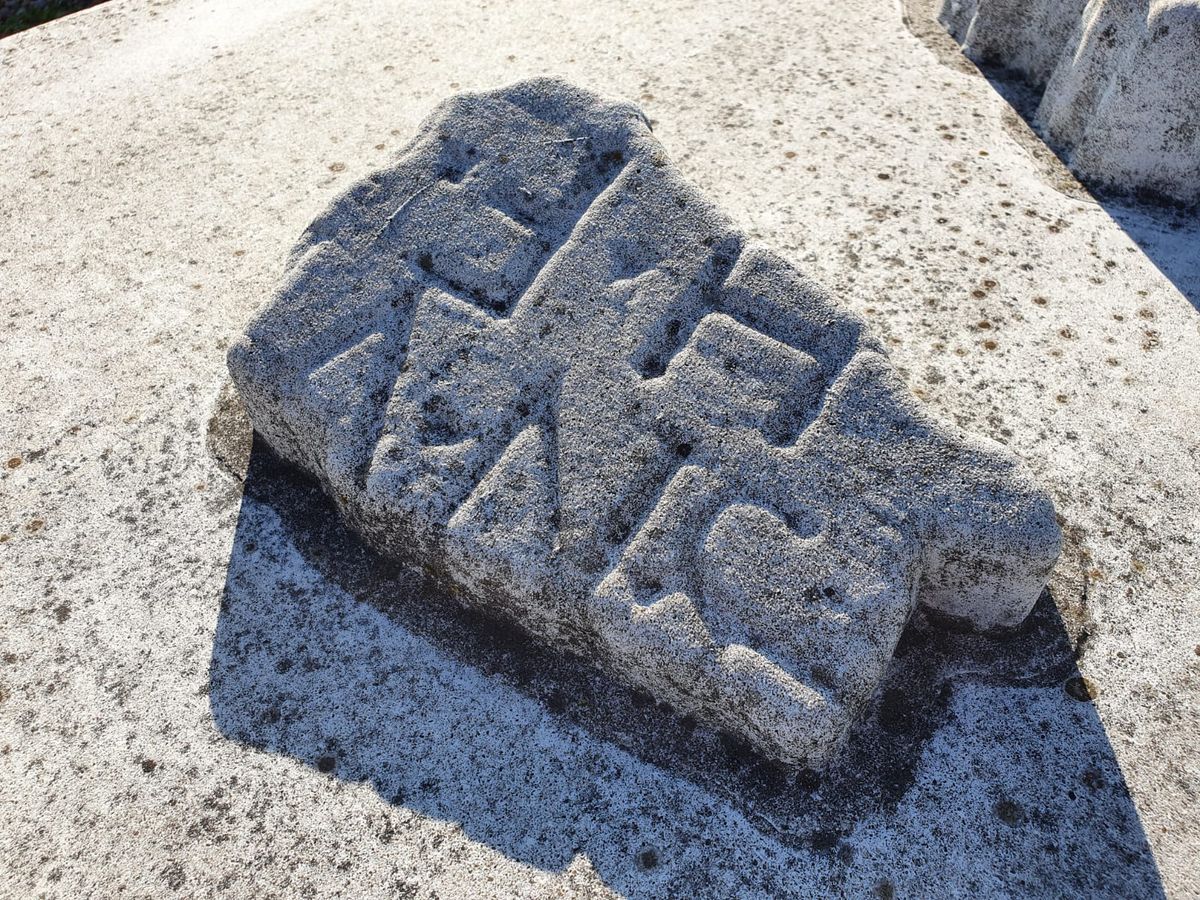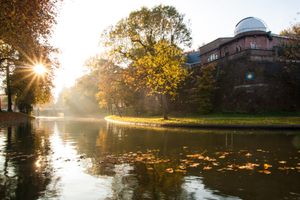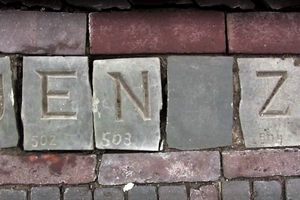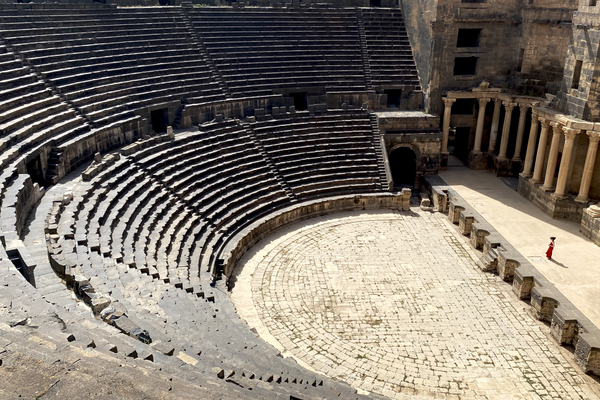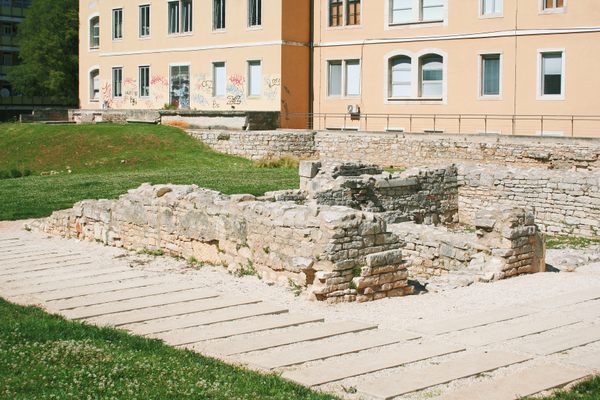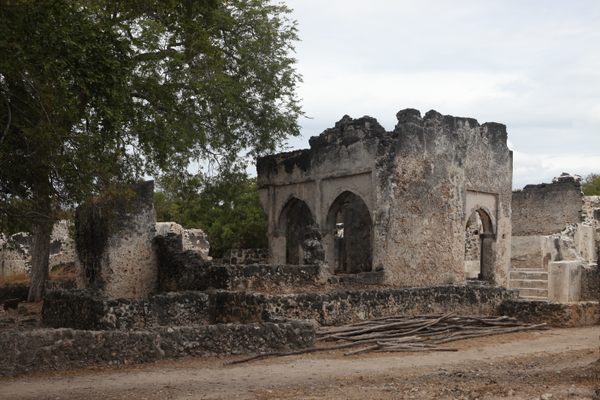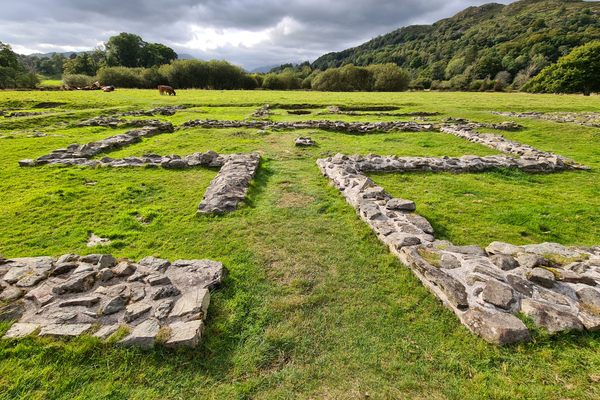About
Visiting Castellum Fectio is an immersive experience with the power of bringing you 2000 years back in time. You may easily miss it while passing by the small town of Vechten (a municipality of Bunnik) but it will only take you a short stop to realize what a hidden gem this place is.
It was around 4 or 5 A.D., by order of Tiberius (back then a general engaged in the Northern campaign) that the Romans chose this site to erect a castellum (Latin for fort/fortress). The castellum was meant as part of their defense line along the Rhine river, separating the Rhineland (western Germany) from the Netherlands, which was part of the Roman Empire until 410.
Today very little remains of the original structure, which measured an impressive 145 meters from the porta praetoria (main gate) to the porta decumana, and 180 meters from the porta dextera to the porta sinistra (four gates in total), with tall watchtowers, in addition to several barracks located outside of the wall.
When entering the site, you walk slightly uphill towards the porta decumana. If you look down, you'll see marks on the ground indicating the location and size of the buildings based on archaeological findings. To help envision the size of the imposing structure that used to stand here, a white wall runs along the perimeters, also featuring some small portions of the original wall. As for what was inside the wall, keep your eyes on the ground, where you will see stone tiles with the names and functions of each building.
Past the first gate, you walk along the decumanus, the main road across the fort. At the intersection with the cardo (the road that connected the other two gates) is where the forum used to be—the square around which life in the Castellum once thrived. Yes, the primary function of the fort was defense. However, archeologists found evidence of a complex settlement that grew over time, including not only an armory and lodgings for soldiers but also stalls, workshops, and a temple. Be sure to look at the board by the entrance for a spectacular artistic impression of what the fort looked like in the Dutch winter of 2,000 years ago.
Along the perimeter, particularly by the watchtower posts, there are installations displaying some of the artifacts found at the site: vases, kitchen utensils, combs, masks, and weapons. Even if these are just copies (check the National Museum of Antiquities in Leiden if you want to see some of the originals), it is a rare opportunity to appreciate everyday items of Roman times in a very tangible way, outside of a glass case.
The Romans abandoned the fort after less than three centuries (around 270-275). According to excavations, in its late phase, Castellum Fectio could host about a thousand people, which was about double the capacity of any other fort in the country and required considerable efforts in maintaining the necessary resources so far from the capital.
What makes this place so special is its incredible endurance: the fort was destroyed and rebuilt at least six times, the last of which was with walls made of rock instead of wood. This detail is a clear indication of its importance for the empire (the fort played a strategic role controlling access to the Vecht river, a branch of the Rhine) and the intention of the Romans to inhabit it for the long term.
Tiberius went on to become emperor from 14-37, but more evidence of imperial presence at the castellum comes from a wine barrel stamp with the sigil of emperor Caligula, who visited in 40—another indicator of the value attributed to this remote outpost. Back then Castellum Fectio was among the first fortifications in place in the region and remained one of the northernmost permanent settlements in continental Europe in Roman history.
Even if the Romans eventually left, Castellum Fectio continued to have interesting connections with the surrounding region. A couple of centuries later, materials from the abandoned fortress were used to build the first churches in Utrecht.
Between 1814 and 1940, a series of fortifications to protect the Netherlands were built on roughly the same boundary once safeguarded by the Romans. This infrastructure is known today at the Dutch Water Defence Lines, it stretches over 85 kilometers and 45 armed forts, uses hydraulic installations as a military defense system, and was admitted to the World Heritage List in July 2021. One of the armed forts along the Lines is Fort Vechten, built in 1869 right next to the remains of the Roman fortress. As a result, after almost two millennia, Castellum Fectio was still proudly overseeing a strategic border.
In more recent times, the nearby city of Houten (about three kilometers south of Castellum Fectio) decided on an expansion project that included a brand new neighborhood named Houten Castellum. Construction took from 1997 to 2007, and the outcome was a new center around which live about 20,000 people. At the heart of Houten Zuid (literally “Houten South”) is what can be defined as a modern interpretation of a Roman fortress, partially inspired by the original castellum, with streets named after their equivalent in ancient Rome. Where cardo and decumanus meet you will find a train station (also called “Houten Castellum”), in the place of the market square there are vendors and shops, and a moat surrounds the walled block.
Related Tags
Know Before You Go
The site is open-air and can be visited 24/7. Access is free. In the vicinity you can also admire a replica of a watch tower (Romeinse wachttoren) and visit Fort Vechten (which hosts a museum about the Dutch Water Defense Line). The best way to get there is by bike or on foot from Utrecht (Lunetten station) or Houten. This walking route (wandelpad) can be useful.
Community Contributors
Added By
Published
September 8, 2021
Sources
- http://romeinen.info/fectio-het-romeins-bolwerk-bij-vechten/
- https://www.oud-utrecht.nl/nieuws/672-romeinen-langs-de-rijn-en-castellum-fectio
- https://www.geschiedenisvanodijk.nl/odijk-in-de-romeinse-tijd/
- https://waterliniemuseum.nl/castellum-fectio-2/
- https://whc.unesco.org/en/list/759/
- https://nl.wikipedia.org/wiki/Fectio
- https://forten.nl/activiteit/het-fort-fectio-wandelpad/
- https://secondlandscape.com/?page_id=383
